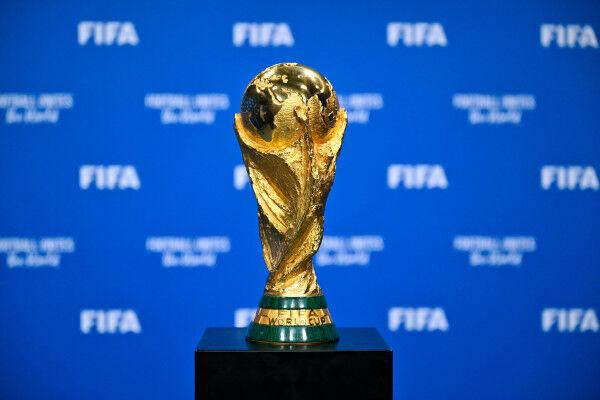What Trump’s Anchorage Summit With Putin Teaches Us About Diplomacy

When world leaders meet, the stakes are high. A summit can change the course of history—or it can hand one side a win without getting much in return. That’s exactly what happened when Donald Trump sat down with Vladimir Putin in Anchorage this past August.
What Went Wrong
Instead of moving the needle on ending the war in Ukraine, the meeting boosted Putin’s image at home and abroad. Trump arrived without a real strategy, his alliances frayed, and little leverage to push for meaningful concessions. The result? Putin walked away looking stronger, while the U.S. got nothing tangible in return.
How Reagan Did It Differently
Compare that to Ronald Reagan’s 1986 summit with Mikhail Gorbachev in Reykjavík. Reagan didn’t cut a deal on the spot, but he showed up with allied backing and clear goals. That firm approach set the stage for real arms control agreements later. The lesson: credibility and strength matter more than photo ops.
The Takeaway
Diplomacy with Russia isn’t about charm or headlines. It works only when the U.S. brings leverage, stands shoulder-to-shoulder with allies, and knows exactly what it wants. Without those ingredients, summits risk becoming PR wins for Moscow—and setbacks for Washington.








